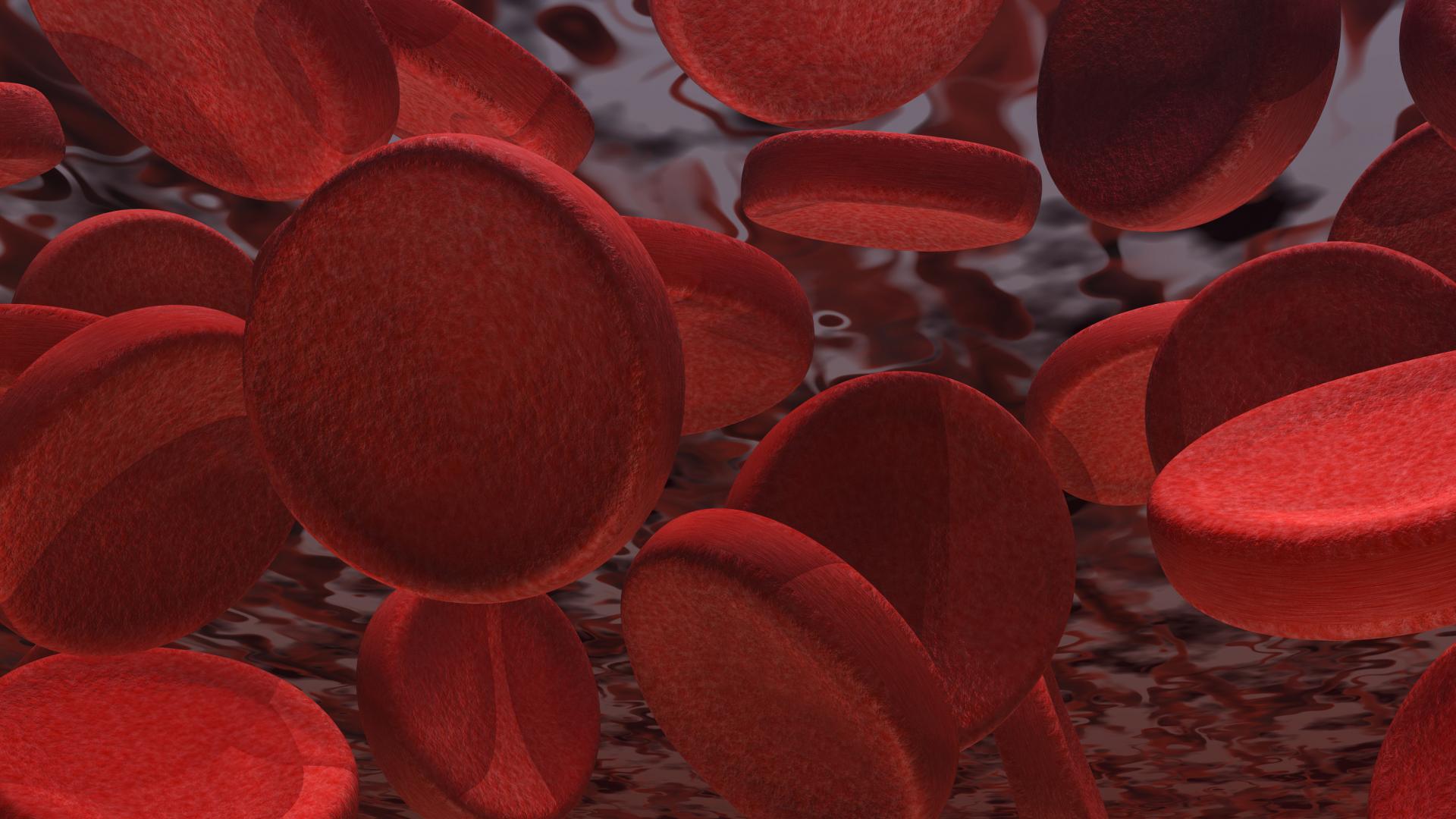Apolipoprotein E Isoforms and Amyloid Beta Metabolism

About the Research Project
Program
Award Type
Postdoctoral Fellowship
Award Amount
$100,000
Active Dates
April 01, 2010 - March 31, 2012
Grant ID
A2010613
Goals
Apolipoprotein E appears to influence Alzheimer’s disease pathogenesis in large part due to its ability to modulate amyloid-beta metabolism and structure. This ultimately influences the probability of amyloid beta aggregation. Our goal is to understand how apoE isoforms and lipid modulating molecules like ATP-binding cassette transporter A1 (ABCA1) take part in amyloid beta metabolism in the brain.
Summary
Alzheimer’s disease affects millions of people around the globe and the impact of this disease on society as a whole is enormous. Thus, it is necessary that we understand the cause of Alzheimer’s disease and develop successful treatments. There is substantial evidence that the build-up of a small protein called amyloid beta in the brain produces a flow of events that drive brain cell collapse and ultimately causes Alzheimer’s disease. Our research lab and others identified two important proteins called apolipoprotein E and ATP-binding cassette transporter A1 that, together, somehow influence amyloid beta production and breakdown. This eventually affects the likelihood of amyloid beta buildup in the brain. But we do not currently know the details of how these proteins control this amyloid beta buildup. So we are asking two important questions in order to understand the role of apolipoprotein E and ATP-binding cassette transporter A1 in amyloid beta production and breakdown. Our aims for this project are 1) study the factors that facilitate the binding of apolipoprotein E and amyloid beta 2) study how ATP-binding cassette transporter A1 controls the amyloid beta production and breakdown through apolipoprotein E proteins. The understanding of the connection between apolipoprotein E, amyloid beta and ATP-binding cassette transporter A1 will reveal additional ways that may be of therapeutic benefit in Alzheimer’s disease.
Progress Updates
Evidence suggests that the type of human Apolipoprotein E (APOE) isoforms inherited by an individual (ApoE2, E3, or E4) may shift the potential onset of Alzheimer Disease (AD) through changes to the probability of amyloid deposition and the age of onset of pathological changes. It has been proposed that differential direct interactions of ApoE isoforms with Aβ influences the metabolism of Aβ and may be one of the major explanations of how APOE influences the risk of AD. Numerous studies suggest that ApoE directly binds to Aβ and regulates Aβ metabolism; however, the molecular nature and how the direct interaction of ApoE/Aβ binding influences Aβ metabolism has not been detailed under physiological conditions. In this study, using physiological concentrations of cell secreted soluble Aβ (sAβ) and lipidated forms of ApoE isoforms, Dr. Verghese’s team shows strong evidence that ApoE and sAβ interactions occur minimally in the presence and absence of cells as assessed by multiple biochemical and analytical techniques. Further, there is minimal ApoE interaction with sAβ in the cerebrospinal fluid (fluid that surrounds the brain and spinal cord) of APOE3 and APOE4 human subjects. Despite minimal extracellular interactions with Aβ in fluid, the team finds that apoE isoforms regulate the metabolism of sAβ by astrocytes (star-shaped cells present in certain places in the brain and nervous system) and in interstitial fluid (liquid found between cells of the body) of mice that received human apoE infusions during brain Aβ microdialysis. On the basis of their findings, the team proposes that the ability of ApoE to influence Aβ clearance or aggregation is probably not through direct binding to Aβ in extracellular environment, but through its actions with other types of proteins, including receptors, transporters and/or particular sections of a cell’s membrane (protective envelope). These results will provide a new frame work for explaining how ApoE isoforms influence the risk of developing AD.
Grantee institution at the time of this grant: Washington University, School of Medicine
Related Grants
Alzheimer's Disease Research
The Effects of Peripheral APOE2 on Alzheimer’s Disease Pathology and Pathways
Active Dates
July 01, 2024 - June 30, 2027

Principal Investigator
Guojun Bu, PhD
Current Organization
Hong Kong University of Science and Technology
The Effects of Peripheral APOE2 on Alzheimer’s Disease Pathology and Pathways
Active Dates
July 01, 2024 - June 30, 2027

Principal Investigator
Guojun Bu, PhD
Current Organization
Hong Kong University of Science and Technology
Alzheimer's Disease Research
Dysfunction of the Regulation of Cerebral Blood Flow in Alzheimer Disease
Active Dates
July 01, 2022 - June 30, 2025

Principal Investigator
Antoine Anfray, PhD
Current Organization
Weill Medical College of Cornell University
Dysfunction of the Regulation of Cerebral Blood Flow in Alzheimer Disease
Active Dates
July 01, 2022 - June 30, 2025

Principal Investigator
Antoine Anfray, PhD
Current Organization
Weill Medical College of Cornell University
Alzheimer's Disease Research
Abca1 Regulates Lipid Metabolism and Tau Pathology in P301S/ApoE4 Mice
Active Dates
July 01, 2022 - June 30, 2024

Principal Investigator
Alexandra Litvinchuk, PhD
Current Organization
Washington University in St. Louis
Abca1 Regulates Lipid Metabolism and Tau Pathology in P301S/ApoE4 Mice
Active Dates
July 01, 2022 - June 30, 2024

Principal Investigator
Alexandra Litvinchuk, PhD
Current Organization
Washington University in St. Louis



